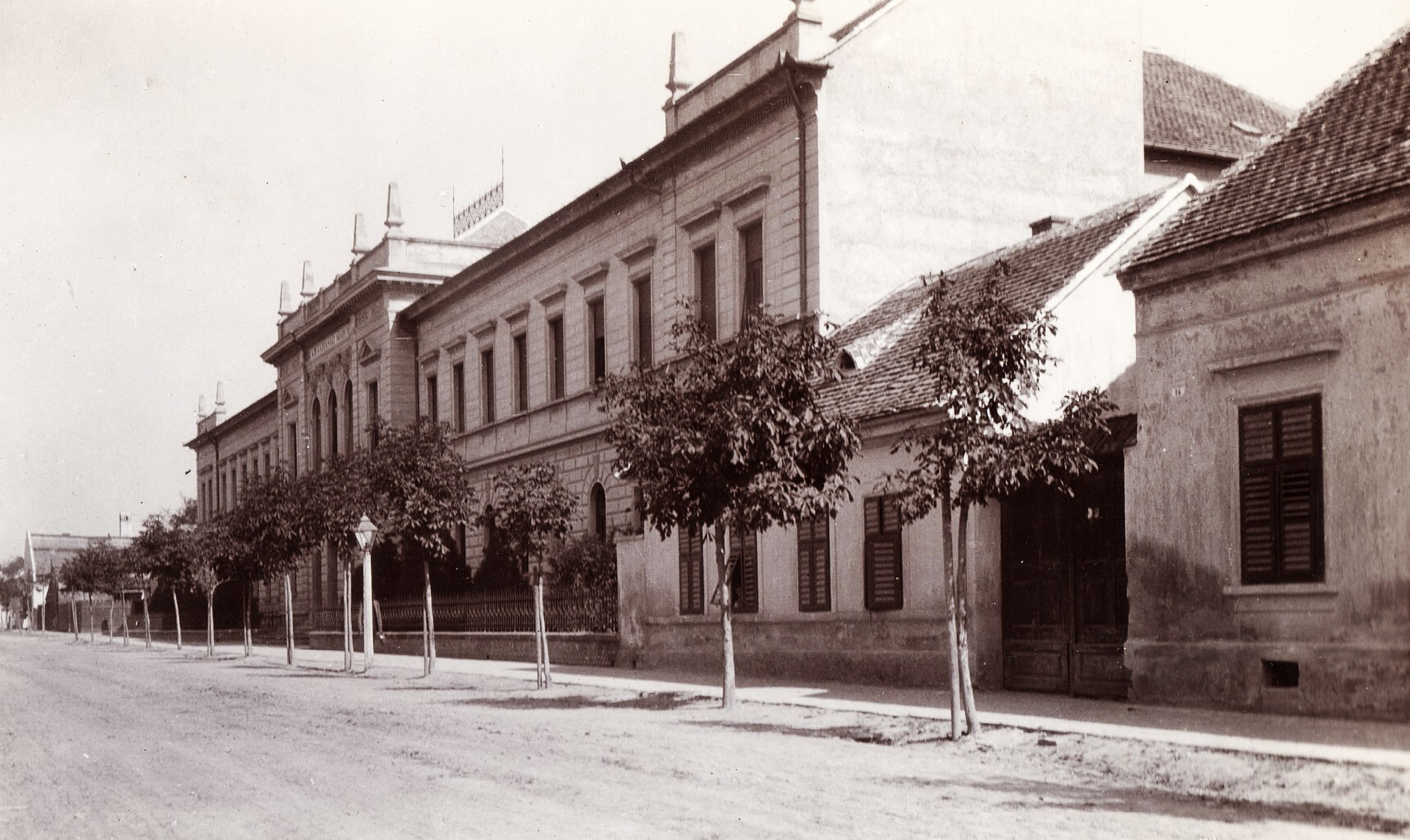History of Georgikon Campus - Georgikon Campus - EN
History of Georgikon Campus
History of Georgikon Campus
Last modified: 14. December 2022
Regarding the legal successors of the Faculty of Georgikon in Keszthely, it is the oldest institution of higher education in Europe. It was established on 1 July 1797 and was called after György Festetics, the founder of the institution and the educational poem of Vergil proposed by Károly Bulla, a professor from Bohemia. The aim of its establishment was drawn up by Richard Bright, a traveller, who said that the institution trained qualified under-stewards who were able to pass agricultural knowledge and hinds with practical knowledge for the Festetics estates besides providing training for those dealing with farming in order to improve the agriculture of the country. Although the institution was mainly established to train the workers of the count, it was public and anybody could listen to the lectures they were interested in without paying a tuition fee and could take exams in the selected subjects. By providing scholarships, the founder supported the students who wanted to work on his estate or arrived in Keszthely just for education. In the staff we can find the outstanding lecturers of the evolving national education of agriculture, such as Ferenc Pethe, János Nagyváthy, Károly György Rumi etc. Officially, the school used the German and Latin languages, because not all the teachers could speak Hungarian and there were some foreign students as well who studied here. The Hungarian language became dominant in 1846 both in education and handling documents.
The building of Georgikon used to be located in a street with the same name. The educational farm, which served practical training, was established in the year of the foundation because a manor belonged to the institution from the beginning. The original buildings have already been demolished but in the buildings that were built secondly, the Georgikon Manor Museum was established in 1972 at the 175th anniversary of the institution. After an operation of half a century following the foundation in 1797, a period of autocracy after the defeat of the revolution and war of independence in 1848/49 interrupted the work in Georgikon. Although Count Tasziló Festetics let fields as an educational farm for training purposes to the institution in 1864, the real rebirth of the school took place in the political-social period approaching the Compromise in 1865, when it was called National Higher School of Farming and Forestry then in 1869 it was called Hungarian Royal Farming Educational Institute. In 1865 the manor was built, which met the economic requirements of that era.
The organizational framework of the institution did not change until 1874. The school moved into a building, which was built in 1870, in the Main Square, and still exists in Keszthely in the previous market town and operated there between 1865 and 1879. The period until 1874 can be characterized as a struggle for the restart and the establishment of the educational and material conditions. In Magyaróvár the farming institution, which was established on the Hungarian estates of the Hapsburgs in 1818, was awarded with the rank of an academy while Keszthely, Debrecen, Kassa and Kolzsmonostor became farming educational institutions.

In the course of the reform of the Hungarian agricultural education, the Hungarian Royal Farming Educational Institution was organized into an academy similarly to the other farming institutions. Therefore the secondary level farming education was replaced by higher level technical education.
Between the two world wars a lot of qualified agricultural experts graduated from the Academy. After 1945, new conditions emerged as a result of the different political and social situation. According to the decree 4050/1945 all agricultural educational institutions were controlled by the Ministry of Agriculture. The Academy was organized into a college then, according to the act of 8740/1945 it belonged to the Hungarian Agricultural University in Budapest together with Mosonmagyaróvár and Debrecen. In the same year four faculties were established distinguishing the scientific fields of agricultural sciences, veterinarian sciences, forestry and horticulture and viticulture.
The department in Keszthely worked until March 1949. In 1953 the well-established institutions were separated and three Agricultural Academies were established: Mosonmagyaróvár, Keszthely and Debrecen. In this way the institution of Keszthely could continue it work after a forced break in 1954 under the name of Agricultural Academy of Keszthely. According to the statutory rule number 35 of 1957 academies could receive the rank of university and their time of education was extended to 5 years and the students graduated as agricultural engineers. In 1960 the South Transdanubian Experimental Institution was attached to our university therefore education and research was successfully combined. It was the task of Keszthely to create and control the professional counselling network, which was established in 1963.
In 1962 Agricultural Colleges were started in Keszthely and Mosonmagyaróvár then they were united as the University of Agriculture in 1970. In 1987 the Faculty of Animal Husbandry, which was formed from the Agricultural College of Kaposvár also joined our institution. In 1990 the final organizational restructuring of Pannon University, Georgikon Faculty took place. The Faculty worked in this organizational framework until 1 January 2000, when Pannon University ceased to exist as a result of the integration of higher educational institutions. The Parliament united the more than 200-year-old institution with the University of Veszprém under the name of Georgikon Faculty of Agriculture.
Since 1 March 2006 till 2020, 1 of August, the name of our university was University of Pannonia, Faculty of Georgikon. One of the largest agricultural-focused, multi- disciplinary higher education institutions in Europe was established on 1 February 2021. With the integration of Kaposvár University, Eszterházy University's Károly Róbert Campus (Gyöngyös) and Pannon University's Georgikon Faculty the new name of our university Hungarian University of Agriculture and Life Sciences (MATE). With such a long history and legacy of excellence, Hungarian University of Agriculture and Life Sciences stands as a central pillar of higher education in Hungary and throughout the region.

